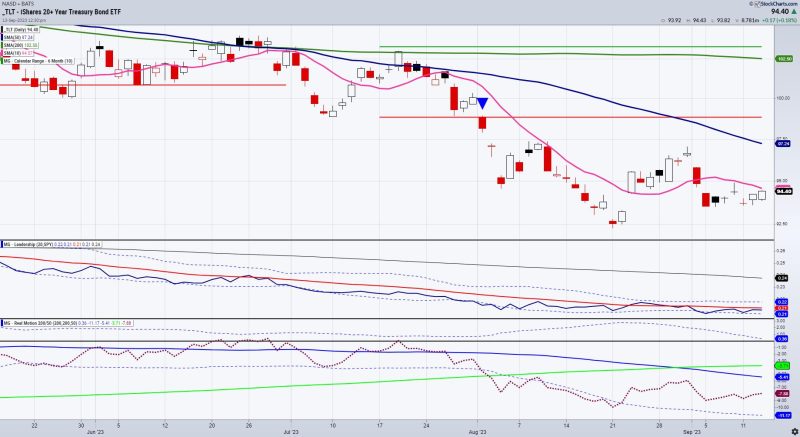Recent market volatility with stocks has many investors worried that stock prices will continue to tumble and run for shelter in long-term Treasuries. This may not be the best approach, as investors can often find better value by taking a fresh look at long-term bonds.
Long-term bond investing has long been the domain of patient investors who have the propensity to look beyond the short-term market swings and accept the higher risk that comes with longer maturity bonds. While investing in Treasuries remains a safe option, many investors seek out bonds that offer higher yields than the more solid and safer Treasuries. This is where long-term bonds come into play.
The main benefit of long-term bonds is that they tend to have higher yields than short-term bonds. As the economic cycle progresses, some investors will naturally pull money out of short-term bonds in favor of long-term ones. This happens when longer-term yields decrease as a result of saves which increases their price while decreasing their yield.
Also, long-term bonds tend to be more stable than short-term bonds. As an example, 20-year Treasury bonds will not move up or down in price as much as the five-year T-note. This stability is attractive to income-oriented investors, who don’t want to experience quick swings in the market.
In addition to the higher yields and lower volatility, long-term bonds may also provide a cushion against inflation. When inflation rises, the price of a bond with longer maturities tends to increase faster than the prices of other types of investments. This is due in part to the fact that long-term bonds typically have longer terms, so their payments reflect interest rates prevailing at the time bonds were issued. This inflation protection is an added bonus for the investor.
In conclusion, taking a fresh look at long-term bonds can be beneficial for investors who are seeking higher yields and protection from inflation. While there is more risk associated with long-term bonds, the potential reward may be worth the extra effort. Moreover, whether investors are seeking to protect principal capital or to increase income, they should consider taking a closer look at long-term bonds.

